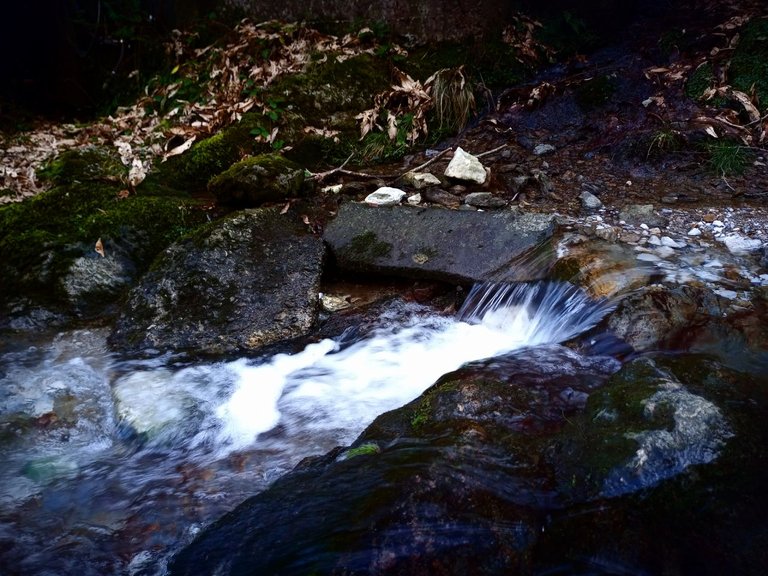
Hello Steemians!
Welcome in a new part of the ***WATERLOVERS*** initiative.
In the first episode, we have talked about the aquifers and what happens when it rains strongly.
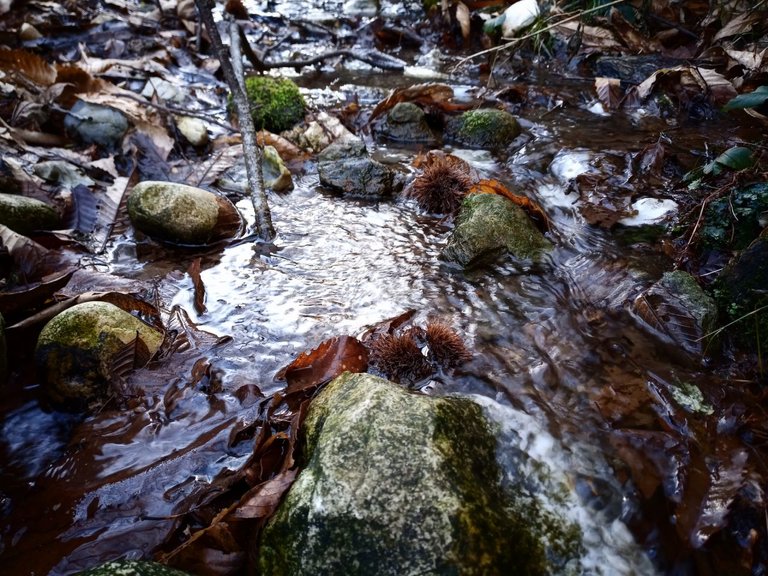
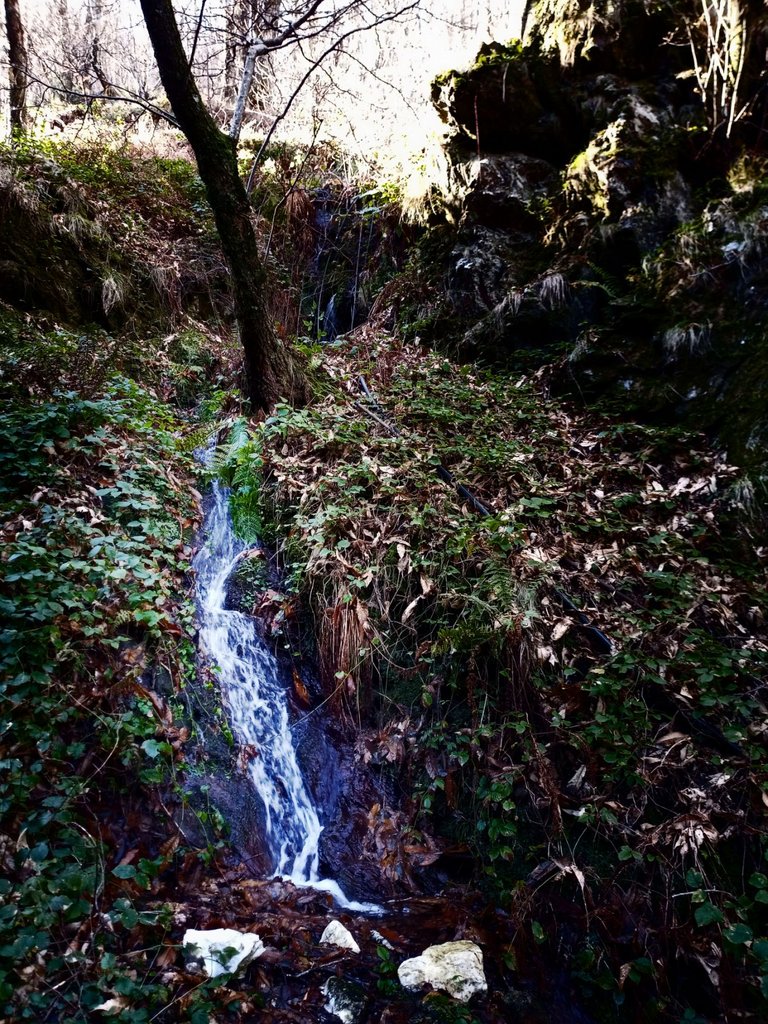
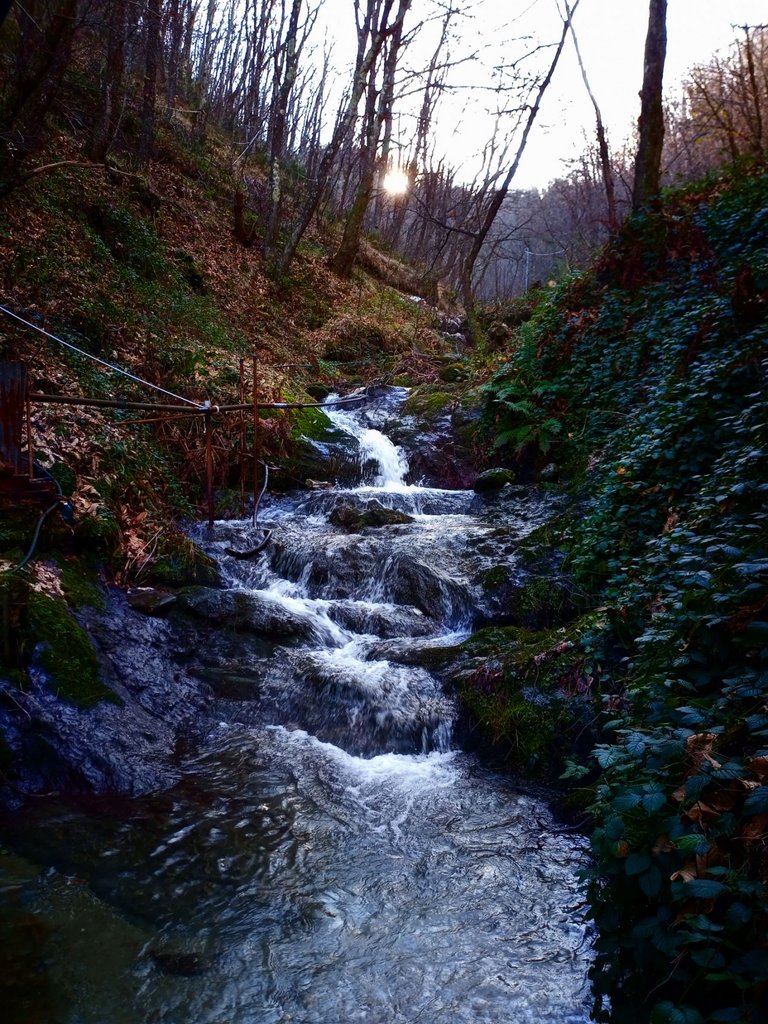
What?
Imagine that you are on the top of a mountain. It starts to rain, ok? Well. The water goes down on the ground and forms several secondary courses that we see on the mountain only when it rains. In add, down, on the feet of the mountain, in the valley, people watch the secondary courses and more water than the normality in the normal course. Ok? Well.
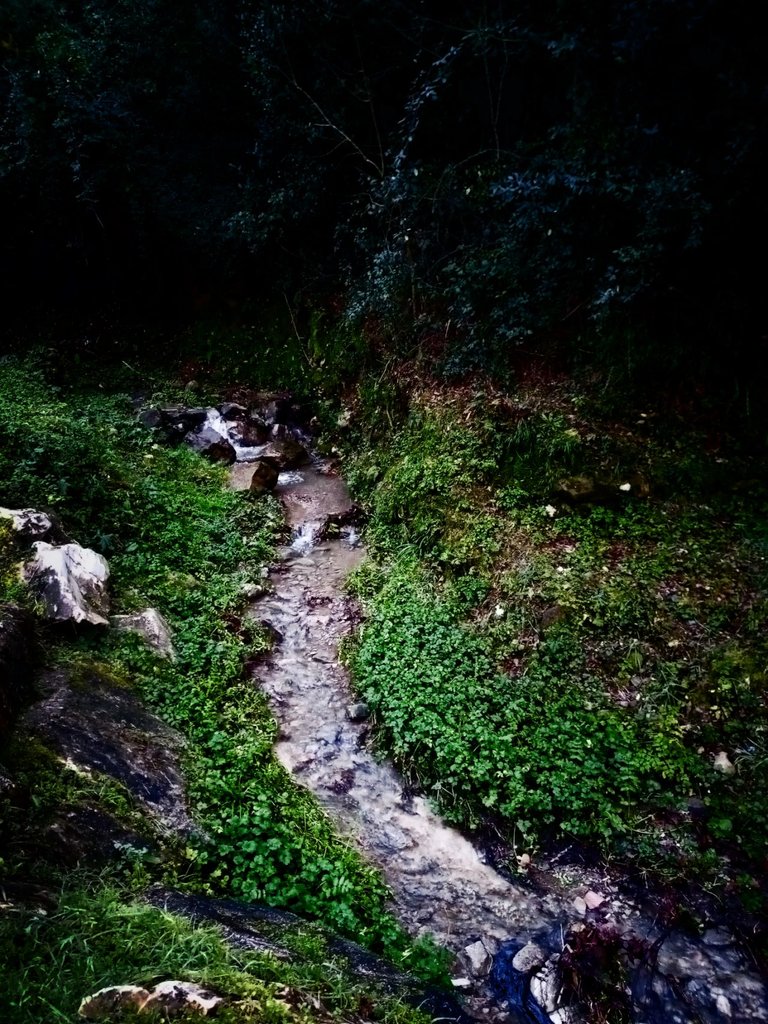
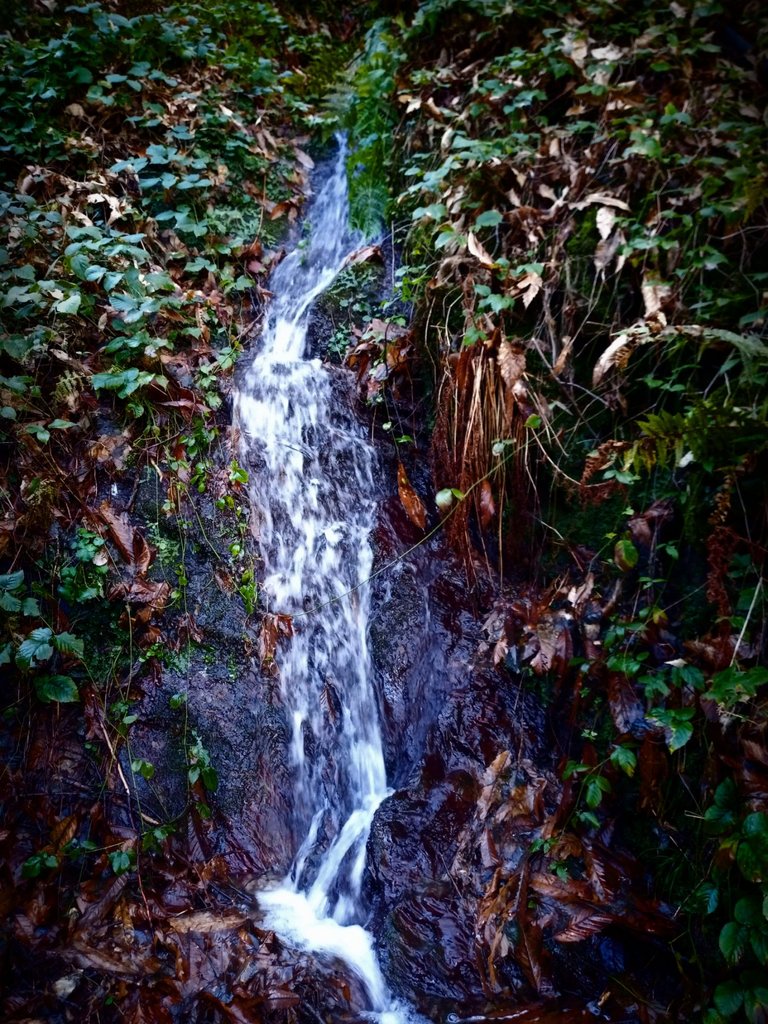
You remain at the top of the mountain. It continues to rain and then it STOP to rain. The last water finishes to fall down. Now, there isn't the water that feeds the secondary course.
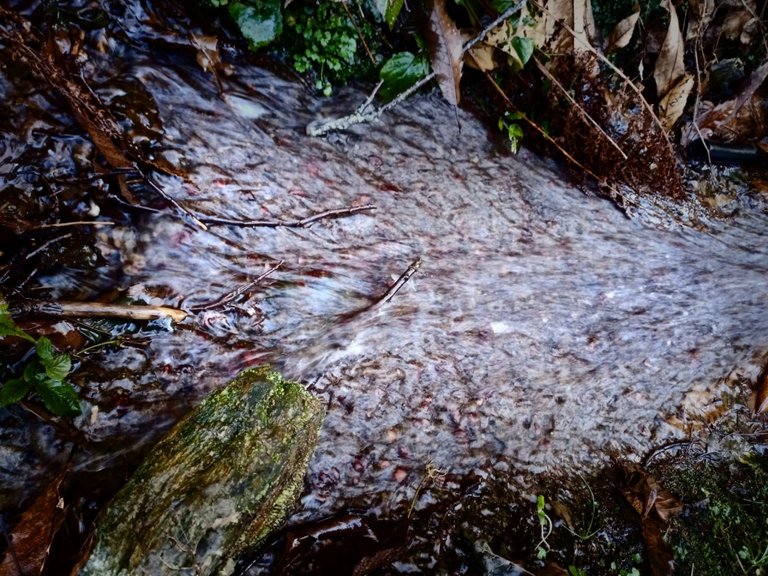
The hours go. 1, 2, 3 hours, a day. On the top of the mountain, there isn't the water that used to feeds the secondary course; so, the secondary courses shouldn't be there along the mountain. BUT THE PEOPLE IN THE VALLEY ARE SEEING THEM.
___
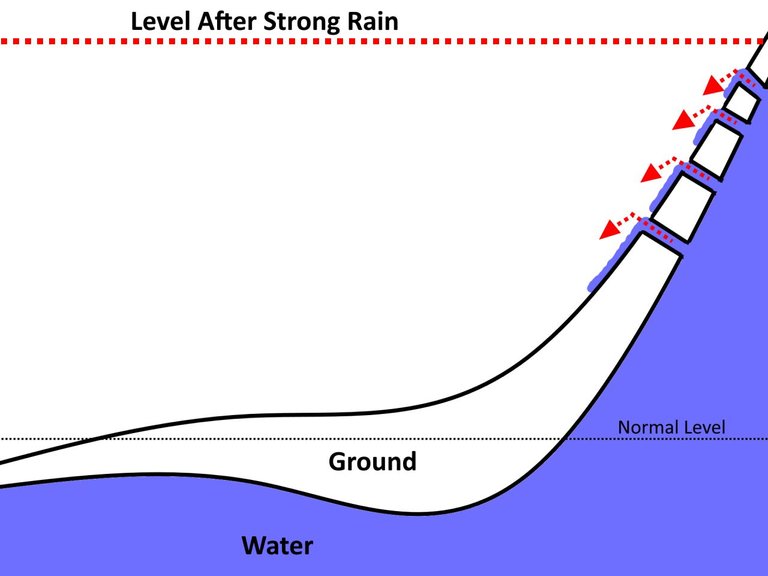
___
Why? Because there are the AQUIFERS and I quickly explained what it happens in the LAST EPISODE. I will add an explaining picture also there. This is one of the mechanisms with which the water goes out from the overground.
There is another important mechanism permits it to go out, in this situation and in ordinary life. But one step a time.
It is a normal day. The sun irradiates the ground and the temperature of it tends to increase. The upper layer of the water undergoes evaporation, as you can see in the figure below.
___
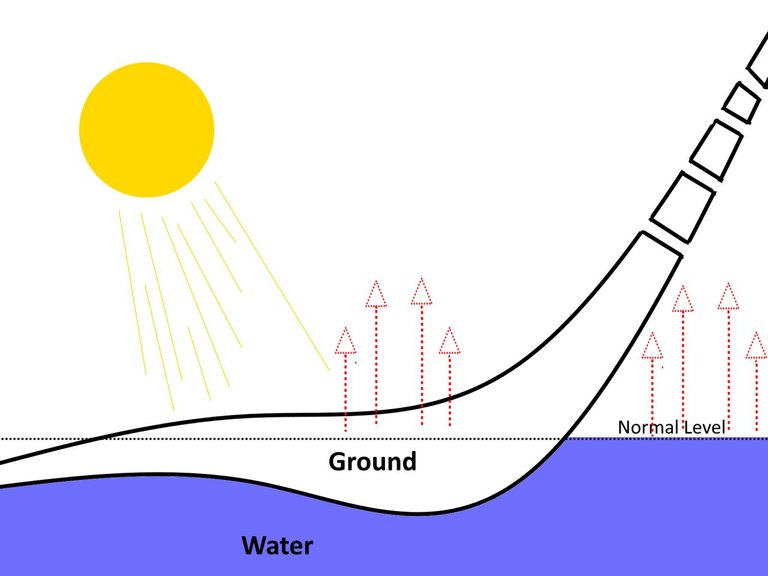
___
This process happens also in the aquifers and the water vapor starts to move.
___
CHIMNEY EFFECT
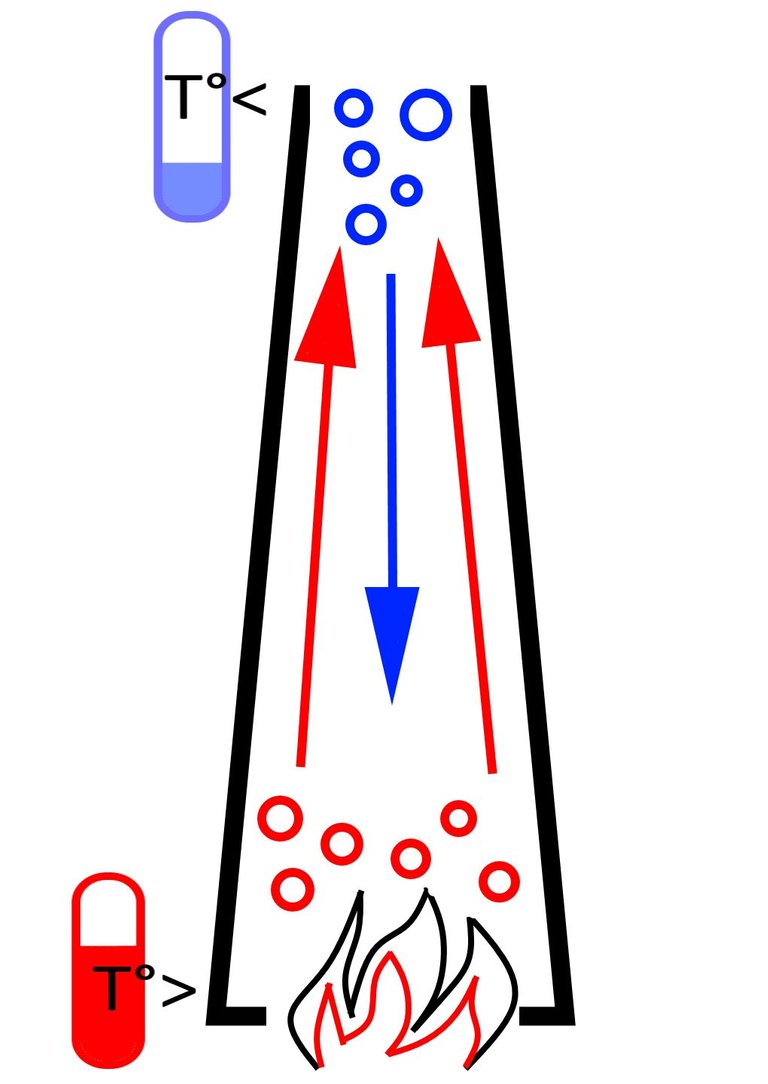
___
The thing that happens is being indicated as the Chimney Effect, properly because this is the functioning of a chimney. I represent it in the figure above. You have to imagine that you have a long duct in a vertical position. On the bottom, there is a heat source; the air above that, is being heated while the air on the top of the duct remains cold. So, heating, the air tends to decrease its density, moving to the upper part of the duct; instead, the colder air on the top tends to move to the lower part of the duct, creating a convective motion.
___
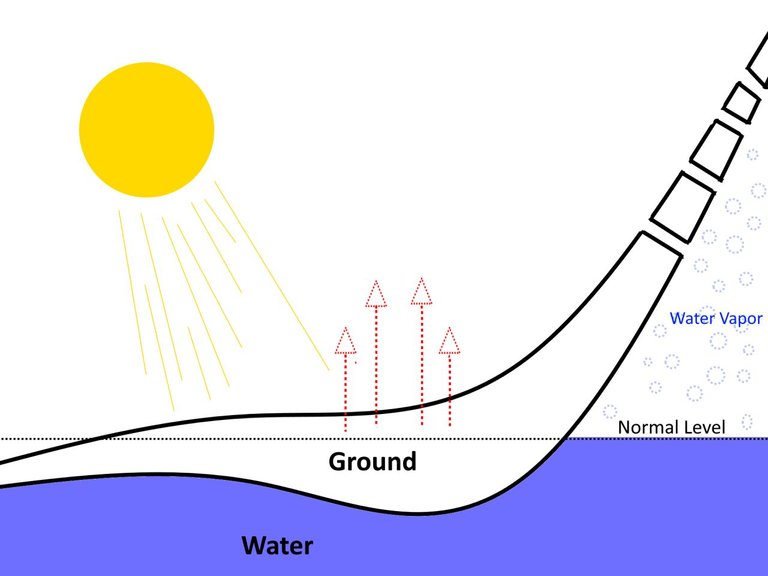
___
What does all this have to do with the aquifers? In the aquifers, in the same way, the water evaporates due to the sun's heat accumulated in the ground. So, the water vapor in the lower part has a higher temperature than the air in the upper part; when the water vapor has a higher temperature, it tends to move towards the upper part of the aquifer and there it can deposit on the cold walls of the rocks. There, the vapor starts to condense and go into a liquid state; in this way, it will permeate through the rocks and exit outside the aquifer.
___
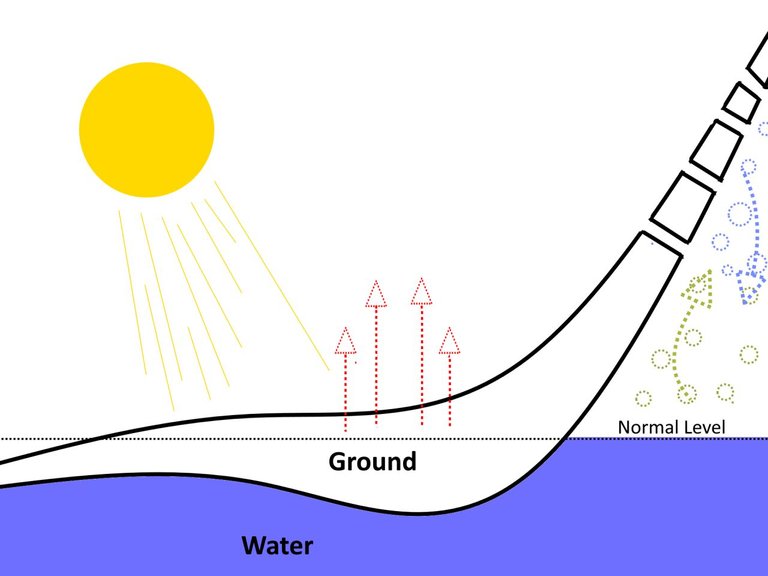
___
At the same time, the vapor in the upper portion of the aquifer tends to move to the lower; the convective motion speeds up the whole process; so, it is simpler that a major quantity of water tends to condense in a liquid state.
___
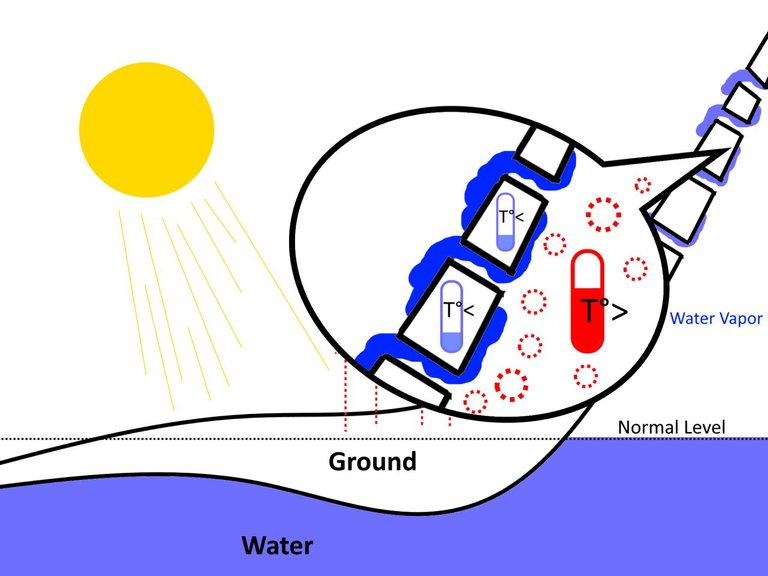
___
This process happens usually, but when it rains and the aquifer is full of water the process is more imposing and a major quantity of water tends to exit outside the aquifer.
That's all: this is the second mechanism with which we can explain why there is a large quantity of water that descent along the mountains even after it has stopped raining.
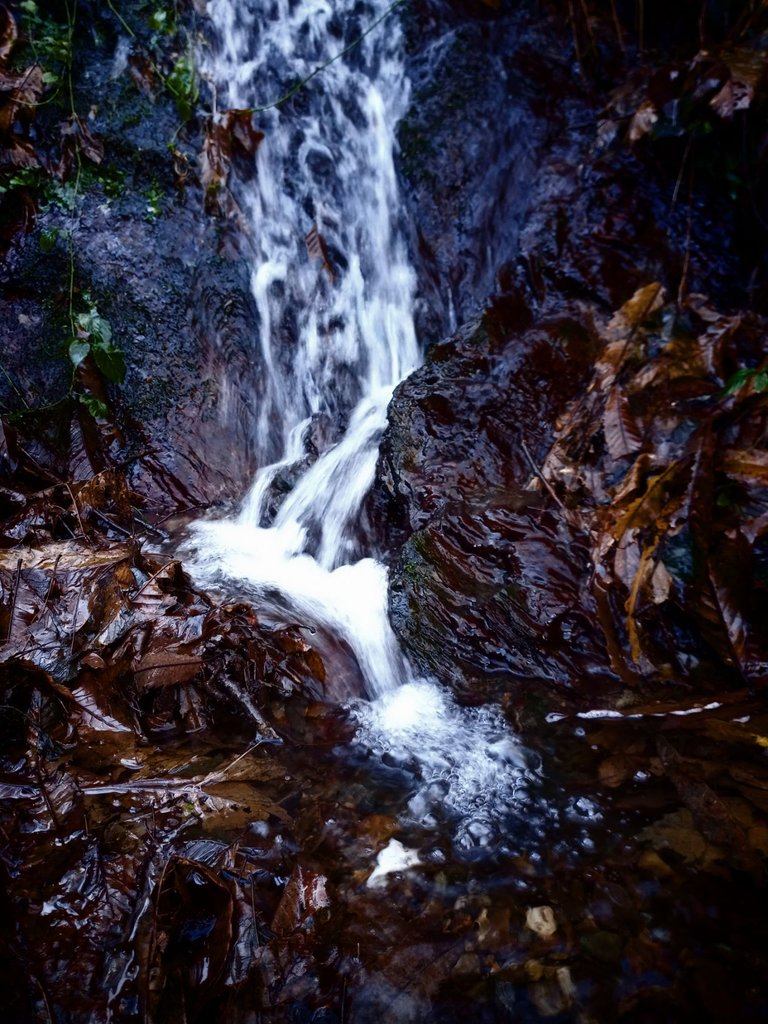
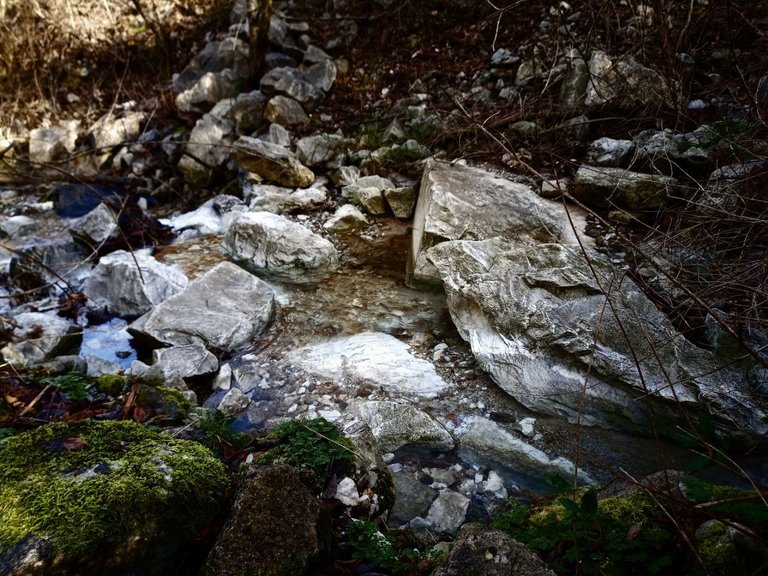
I will continue my series and in the next episode, I will try to explain one of the things I ask my self in the last times: but...the natural fountains?
Greetings from me, guys!
To the next!
I published this post combining science and photography. All the photos in this post were taken and post-processed entirely by me and therefore copyright-protected.
Very nice illustrations. I don't know if you are a teacher, but these are conceptually clear, easy to follow.
The Chimney Effect--one lesson, and I understand it. Not only that, it is a principle I can apply to other situations, besides streams and aquifers.
I look forward to your next installment.
Many thanks, I am not a teacher but the time passed on the university books permised me to acquire a very schematic model
Posted using Partiko Android
Congratulations @davidesimoncini! You have completed the following achievement on the Steem blockchain and have been rewarded with new badge(s) :
You can view your badges on your Steem Board and compare to others on the Steem Ranking
If you no longer want to receive notifications, reply to this comment with the word
STOPTo support your work, I also upvoted your post!
Vote for @Steemitboard as a witness to get one more award and increased upvotes!
Complimenti davvero, un lavoro molto interessante!
@tipu curate
Upvoted 👌 (Mana: 0/15 - need recharge?)
Grazie mille 😁 e grazie delle curation
Posted using Partiko Android
Hello,
Your post has been manually curated by a @stem.curate curator.
We are dedicated to supporting great content, like yours on the STEMGeeks tribe.
Please join us on discord.
This post has been voted on by the SteemSTEM curation team
and voting trail. It is elligible for support from @curie and @minnowbooster.
If you appreciate the work we are doing, then consider supporting our witness @stem.witness. Additional witness support to the curie witness would be appreciated as well.
For additional information please join us on the SteemSTEM discord and to get to know the rest of the community!
Thanks for having used the steemstem.io app and included @steemstem in the list of beneficiaries of this post. This granted you a stronger support from SteemSTEM.
Thank you Guys 😁
Posted using Partiko Android
This content has earned some GEEK. 50000 GEEK tokens has been transferred to your steem-engine.com account.
Geek Rewards (GEEK) is a steem engine token that rewards content creators for their geeky contributions to the community.
Thank you very much 😁
Posted using Partiko Android
Another great explanation here my friend and you are doing well with this series!
All blessings to you for 2020!
Many thanks 😁 Happy new year 🎉
Posted using Partiko Android
😉 😃 😂
Beautiful images and very important the information you reflect in your publication. Happy New Year!
Thank you very much. The same 🎉🎉🎉
Posted using Partiko Android
Awesome article! I can relate as I am a 'water person'. I am a professional hydrologist! I hadn't thought about the 'chimney effect' but I totally get that. Thanks for sharing this article with explanation :)
I'm happy about it. I am not a professional in the sector but I like to reflect a bit on why something happens and I describe what I see. This time the choice was water 🙂
Posted using Partiko Android